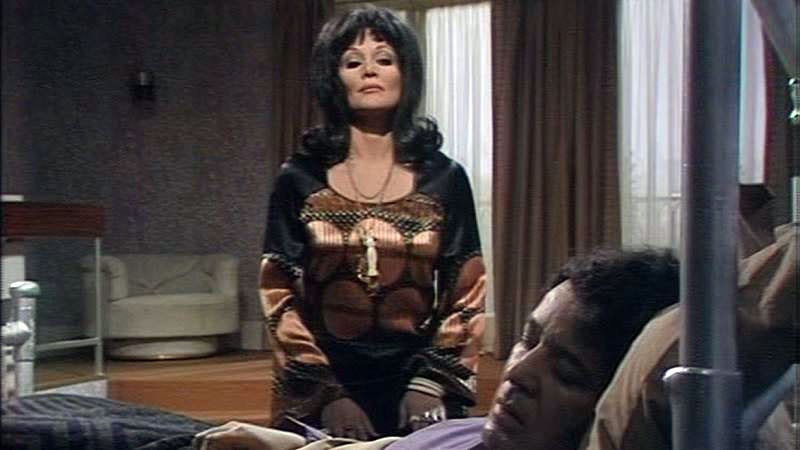As my last few posts have been intensely serious and heartfelt - the Edith Thompson case, my love affair with the thoroughbred - I felt that it was Time to be Trivial.
Also, I have been slightly ill over the past few weeks (The Virus, followed by A Virus - remarkably similar, excepting the shift from definite to indefinite article) and so I thought I’d …
Keep reading with a 7-day free trial
Subscribe to Laura Thompson’s Substack to keep reading this post and get 7 days of free access to the full post archives.




